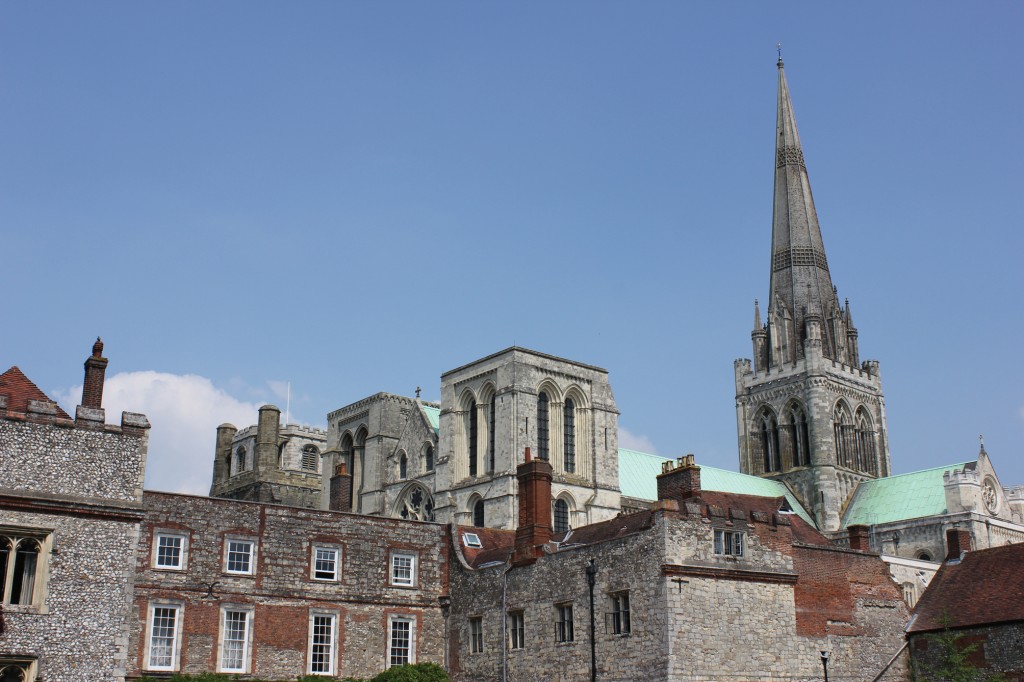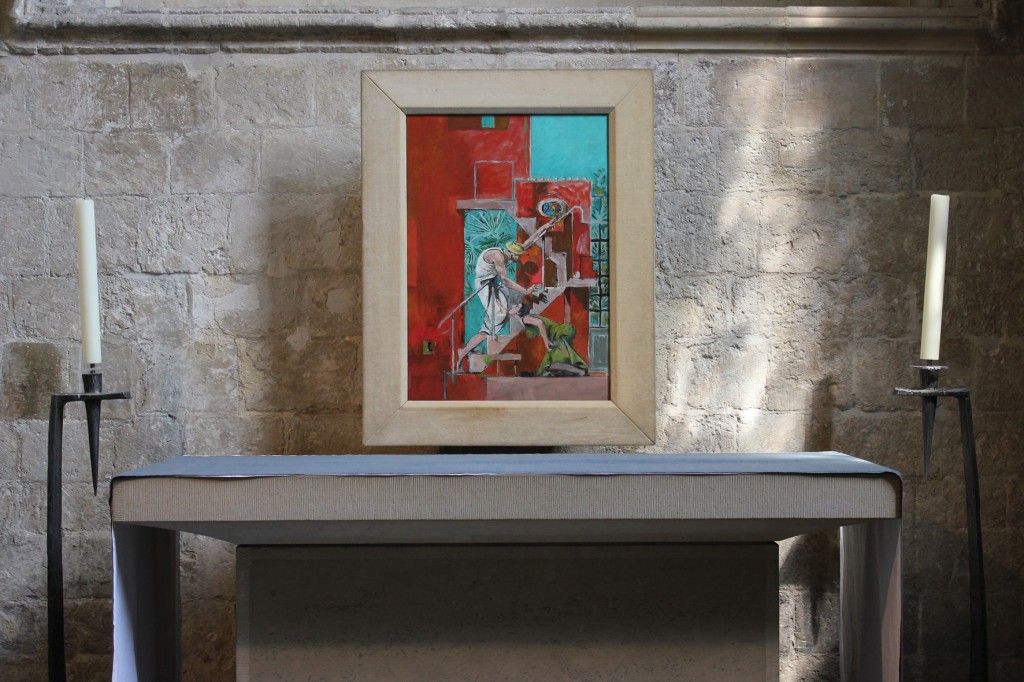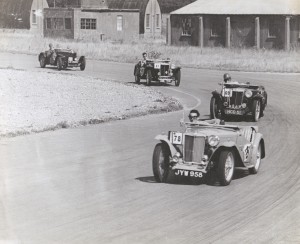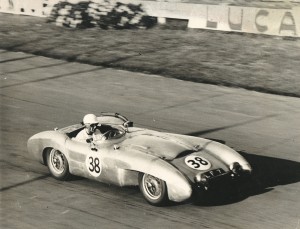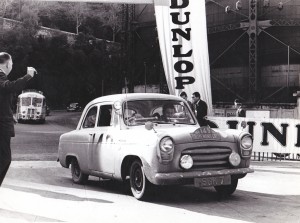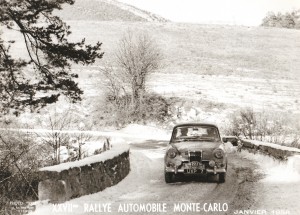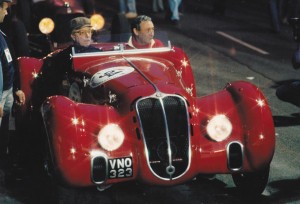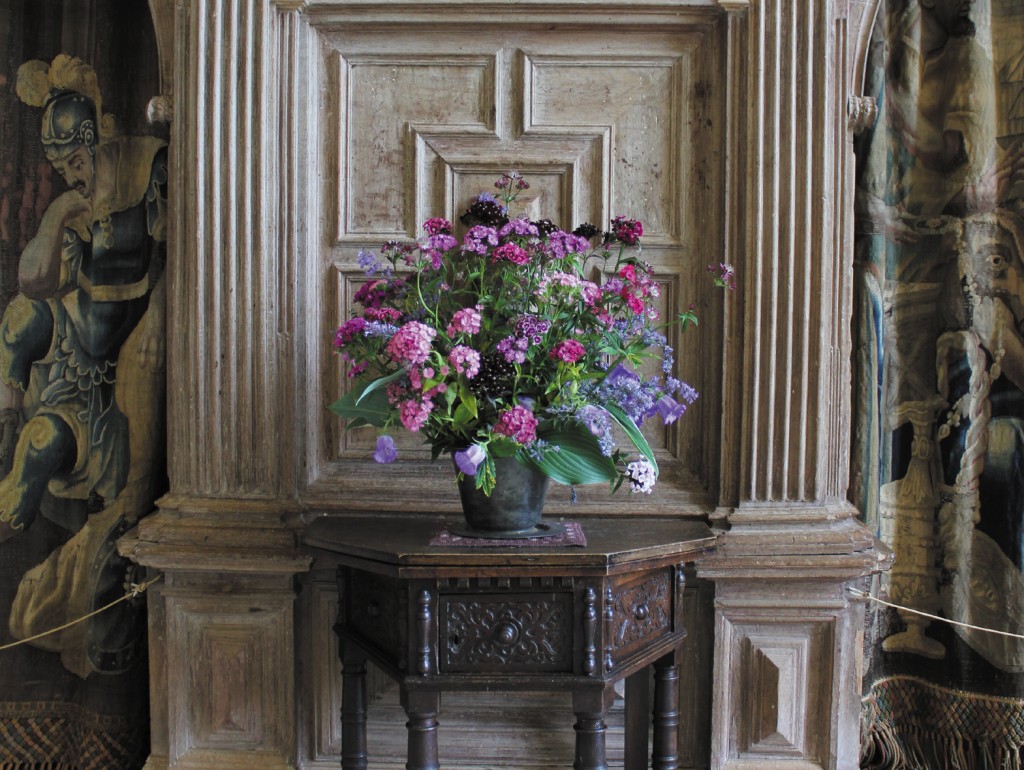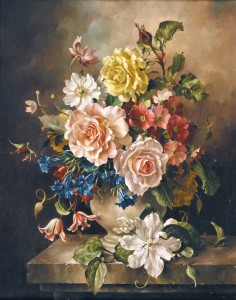 Visitors to Toovey’s for the forthcoming August Sale Week, those delivering items for forthcoming specialist sales or coming to our auction house for free pre-sale valuations will get to see our new sign. The sign was created and installed by leading local firm Tara Signs.
Visitors to Toovey’s for the forthcoming August Sale Week, those delivering items for forthcoming specialist sales or coming to our auction house for free pre-sale valuations will get to see our new sign. The sign was created and installed by leading local firm Tara Signs.
As you can see it shows our membership with SOFAA, the Society of Fine Art Auctioneers and Valuers and our membership to the exclusive Association Of Accredited Auctioneers (AAA). The new sign is clearly visible in between Washington and Ashington on the A24 in both directions.
